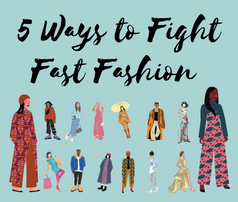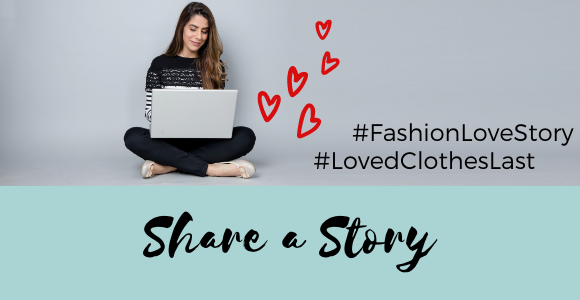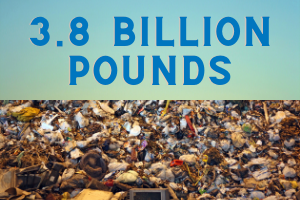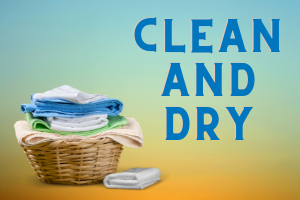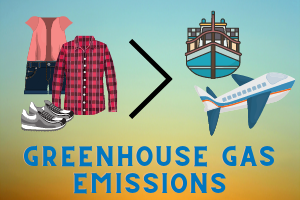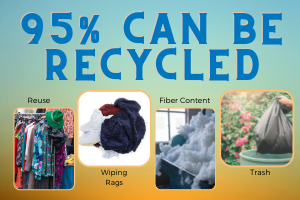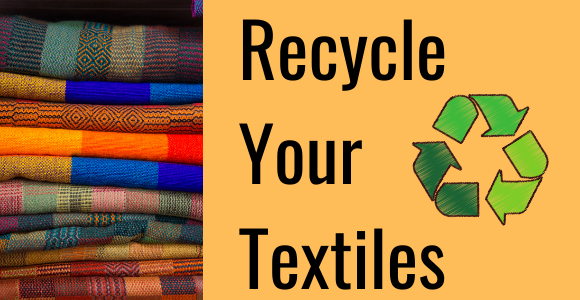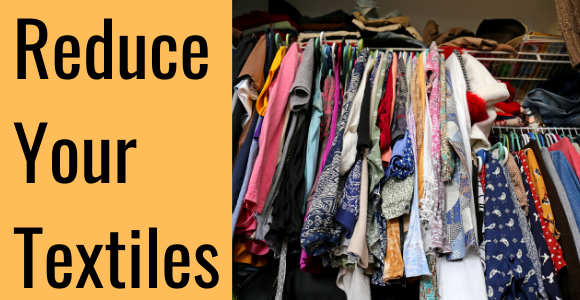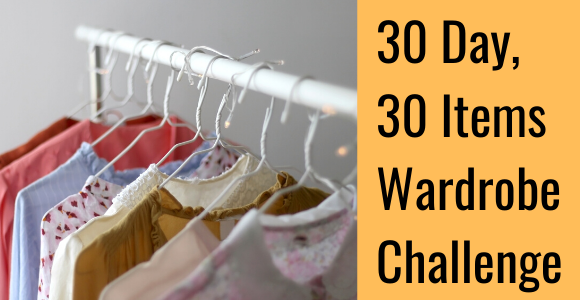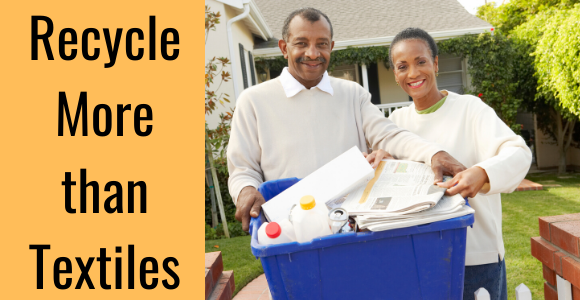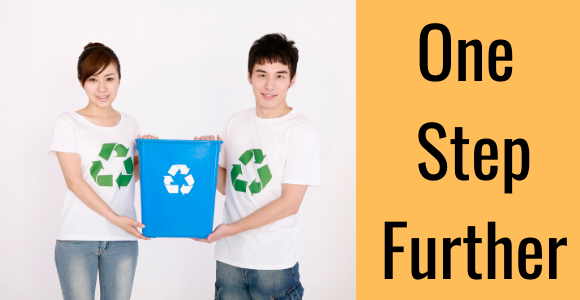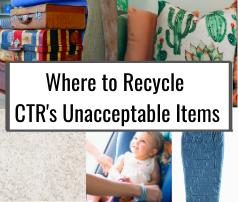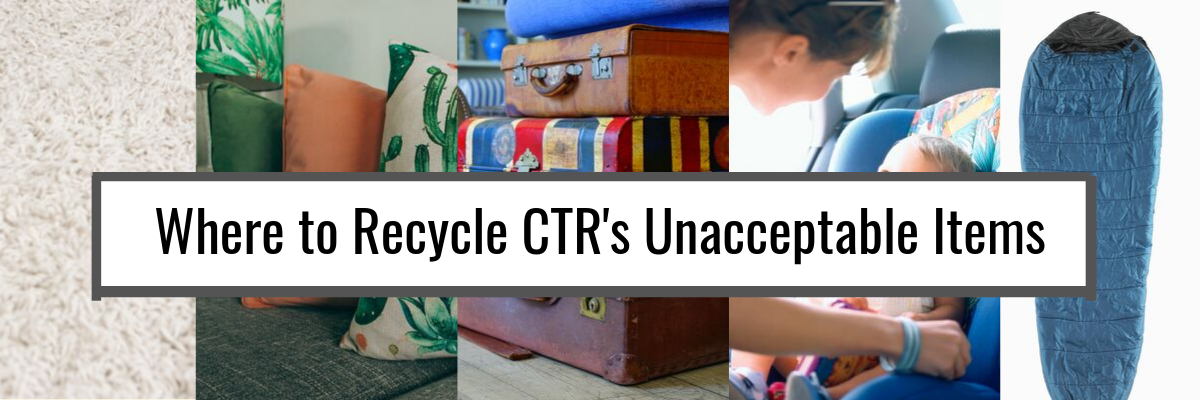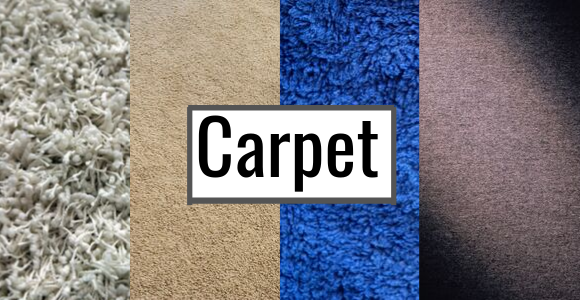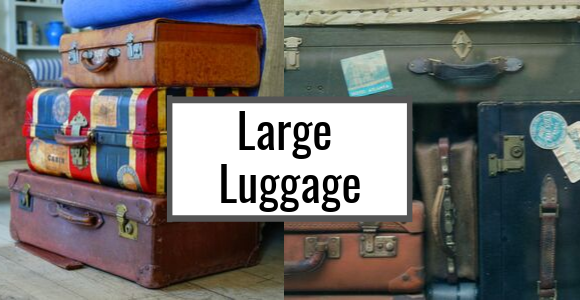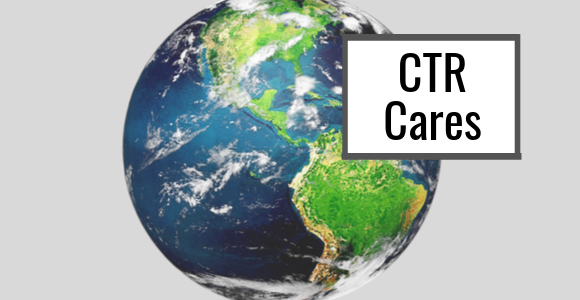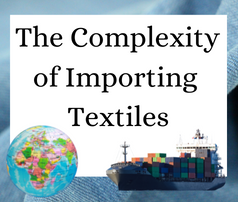 Fast Fashion
Fast Fashion
The Complexity of Importing Textiles

For the past few decades, Africa’s importation of secondhand clothing (SHC) from Western countries has been a complex issue fraught with threats of establishing bans from several countries and a diminishing supply of quality clothing due to fast fashion. Some argue that removing this industry of importing SHC would give local textile makers a chance to create African manufactured clothing and grow trade and job opportunities internally rather than relying on Western countries for these. But would this textile production alone be enough to provide its citizens with the jobs SHC currently provides? We and many other textile recyclers believe that this would be a very beneficial addition to African trade but not a solution as the need for SHC as an affordable clothing option remains great in these countries. This idea and others are ones we will take a better look at in this post. For a look into the problem that fast fashion and overconsumption has created in parts of Africa, learn more in this video which portrays some of those complexities.
The Importance of SHC
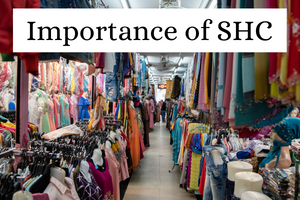
Here at Chicago Textile Recycling, we see evidence of the good in African countries from importing SHC, which includes an affordable clothing option for its citizens when fast fashion doesn’t hinder the quality of those textiles. Another benefit of secondhand clothing – chagua, mitumba – provides many thousands of jobs in African nations. It is a thriving business in these countries because of the demand by its citizens.
- In Ghana, “SHC provides clear consumer benefits; for example, more than 90% of Ghanaians buy SHC.” (Found here)
- In Kenya, “These clothes — called mitumba in Kenya after the Swahili word for “bundles” — form the bulk of Kenyans’ fashion choices: an estimated 91.5 per cent of households buy secondhand clothing priced at Ksh 1000 (around $9) and below.” (Found here)
- And in Rwanda,
For many, used clothing is all they can afford. For others, shopping chagua is a way to curate their wardrobe and ensure they aren’t caught wearing the same thing as anyone else. At a recycled clothing shop in central Kigali, a smaller selection of clothes are on display, carefully hung in rows or folded into neat piles on a set of shelves. A young man in a denim shirt studded with rhinestones and paneled jeans scoffs at the idea of buying only new clothes. ‘The new clothes are like uniforms. It looks bad, like we are a sports team or a group of church singers.’”
(Read more here)
Many other countries also depend on SHC as their most affordable clothing option, even when manufacturing new local items for export.
Given their cheap labor pools, developing countries like Cameroon, Ghana, Bangladesh, and Benin can produce high-quality garments cost effectively and export to developed countries. Many cannot afford new clothing, and so the imports of used garments provide affordable clothing for everyday use. In addition, the import of such clothing has created a new domestic garment import and sales industry involving inbound logistics, transportation, and retailing to markets and other retail sales points.”
(Found here)
Decline of Secondhand Clothing
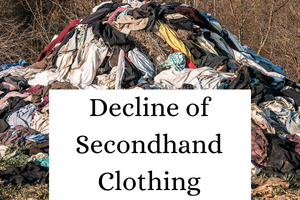
However, if SHC fills a need in these countries providing an affordable clothing option for its citizens, why are many countries proposing bans on the importation of secondhand clothing? The primary problem seems to be the decline of quality in secondhand clothing, due mainly to fast fashion. Whether it is new items from excess of fast fashion production or secondhand clothing that had a previous owner, the quality of these textiles are not what they used to be. “Smart’s [president Jackie] King counters that the lowest quality clothes are often new rather than secondhand, from fast fashion companies.” (Found here)
With the decline in quality of textiles and the rooting out of high quality items in the resale market, it’s no wonder that African nations are wanting better for the people in their countries. “Johnson Doe, leader of a group of waste pickers, based in Accra, says more clothing waste goes into landfills directly from ports than it does from markets.” (Read more here) So how can we resolve this issue of providing quality textiles in the SHC market? If SHC could return to a time when they were mostly good quality pieces, would that fix the problem of textile waste?
Employment Opportunities

Another benefit for African countries importing SHC is the employment opportunities it provides to local citizens. “Supporters of the SHC industry point out that the trade creates employment in the receiving countries (transporting, cleaning, repairing, restyling, etc.). It also provides low-cost clothing for people living in poverty.” There is no question that SHC does provide employment opportunities, both in the country exporting the textiles, as well as in the country importing them. “SHC imports provide livelihoods to hundreds of thousands of people in developing nations, including the employment of 24,000 in Senegal alone.” (Read more here)
However, some argue that those employed in receiving and organizing and selling the imported textiles could work in making local textiles instead if a ban were put in place. “In recent years, several countries have debated on import restrictions for used clothing in hopes to provide local garment manufacturers better opportunities.” (Found here) Many think this is not a viable solution as new, locally made textiles would cost a good bit more than SHC.
Back in March 2016, members of the East African Community (EAC, comprising Burundi, Kenya, Rwanda, South Sudan, Tanzania and Uganda) announced a plan to halt secondhand clothes imports in order to resurrect textile industries in East Africa that had collapsed — partly because it was difficult to compete with the throwaway prices of mitumba clothes.”
(Read more here)
Another important question is what do the citizens of African nations want? One seller of “chagua” – secondhand clothing – had this to say,
Like many of the sellers here, she has been in this business for a long time-30 years of supporting five children through sales of chagua. When asked what she thinks of the government’s concern for the dignity of its people and hygiene issues of recycled clothing, she accuses the government of conspiracy. “The government is lying, lying, lying. There’s something else behind it,” she says. She has heard about the proposed ban on television. “It won’t benefit us at all,” she says.”
(Read more here)
Though she is only one seller among many thousands, it remains important to look at all sides of this multifaceted issue. There are many who rely on SHC for their livelihood and removing these jobs would pull the rug out from thousands of African citizens. The question remains, would creating locally made textiles provide enough jobs for those if SHC was banned from these countries? Most likely, the answer is no. Perhaps a better solution would be manufacturing quality, African-made textiles for export AND continuing to import SHC as a clothing option for its citizens. And is there another issue at hand that would help solve the problems of textile waste in African countries?
Resolution

“The true solution needs to come from the consumer and the manufacturers – creating AND purchasing environmentally friendly clothing that can last a LONG TIME,” says Chicago Textile Recycling’s Project Management Officer Kim Woycke. What does this look like?
For companies, this looks like having ethical standards for workers and quality of clothing and amount of clothing produced. It looks like making textiles in smaller, more environmentally-friendly batches and not pushing new styles every week but returning to seasons of new styles before fast fashion became what it is now. It looks like having standards for quality of clothing so whether it ends up at a local resale store or in an African nation, it remains a well-made piece that lasts a long time and stands up to normal wear and tear.
For consumers, this looks like resisting impulse buys, or cheap buys. It looks like having standards for the clothes one purchases, requiring that they be well-made by companies that have fair-labor practices and companies that pursue creating textiles with environmentally-friendly methods. This looks like choosing resale when these standards mentioned are not an option, so that fast fashion companies receive the message that they need to do better for their consumers. When you choose this way, you are also showing the people in these African nations who import SHC that you care for them and that you want better textile choices for everyone.
For African citizens, it looks like continuing to import SHC to provide locals an affordable clothing option AND creating/maintaining local textile manufacturing opportunities to create high-quality clothing options for export.
A Better Future
Though this blog merely skims the surface of the problems faced by countries importing SHC, we hope that our readers have become more aware of some of the issues around this topic and can educate themselves further through the articles referenced throughout this blog and others. This topic is not black and white but very gray and one that needs to be addressed on all sides before it will become better for the citizens of African countries. What do you think? Are there ideas brimming of how to help this situation for everyone involved? Comment here or on our post on social media to share ideas you may have.
